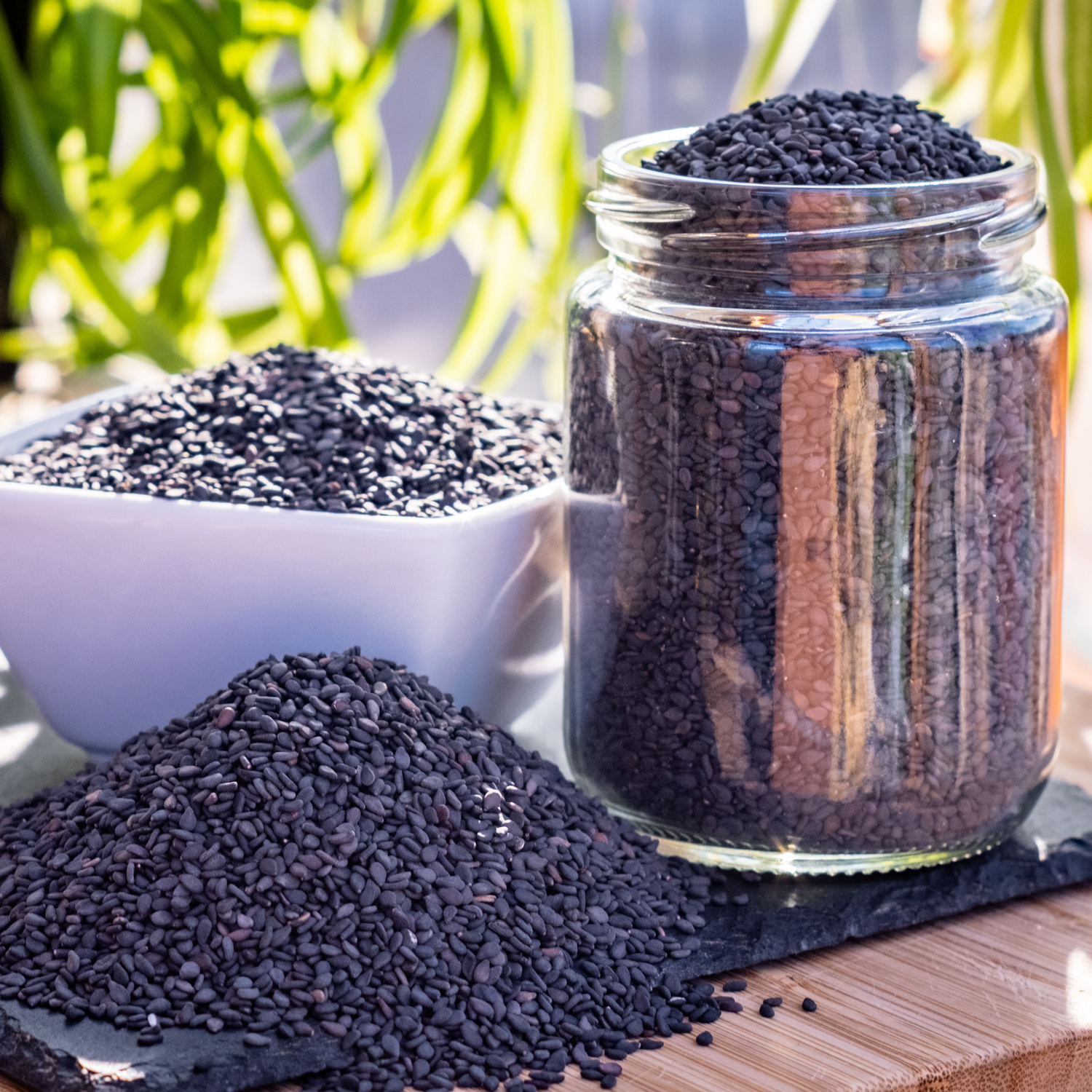Spice Encyclopedia
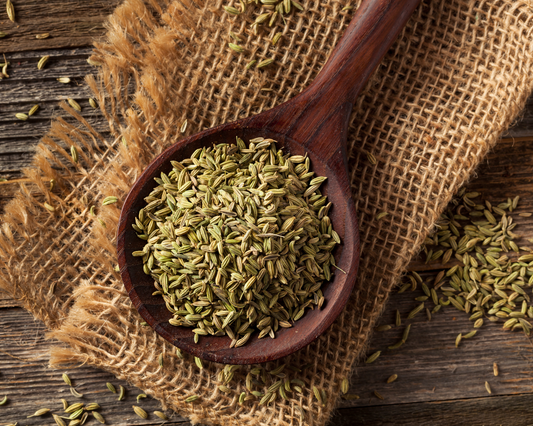
Fennel
Above the lowly plants it towers, The fennel, with its yellow flowers, And in an earlier age than ours Was gifted with the wondrous powers, Lost vision to restore. It...
Fennel
Above the lowly plants it towers, The fennel, with its yellow flowers, And in an earlier age than ours Was gifted with the wondrous powers, Lost vision to restore. It...
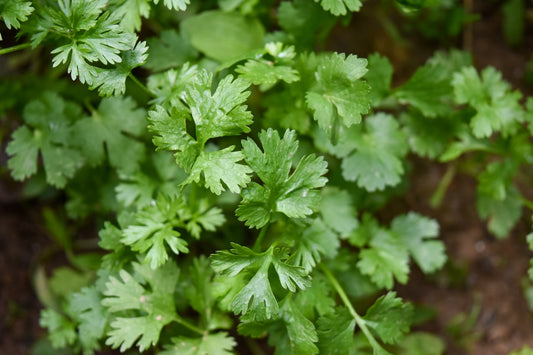
Coriander
Some herbs and spices, such as basil (basileus), whose name means “king,” have names that invoke grandeur. Coriander, a member of the parsley family, is not one of those spices....
Coriander
Some herbs and spices, such as basil (basileus), whose name means “king,” have names that invoke grandeur. Coriander, a member of the parsley family, is not one of those spices....
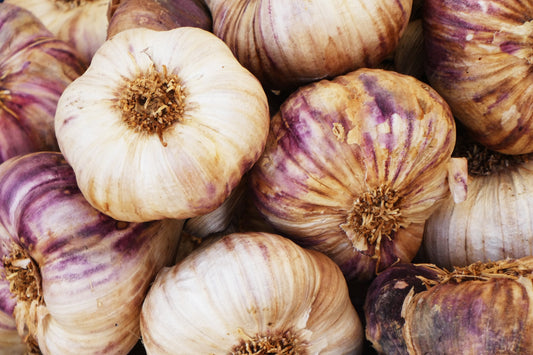
Garlic
When most people think of the history of garlic, they likely think of the people of medieval Romania wielding garlic against suspected vampires. However, garlic was used long before the...
Garlic
When most people think of the history of garlic, they likely think of the people of medieval Romania wielding garlic against suspected vampires. However, garlic was used long before the...
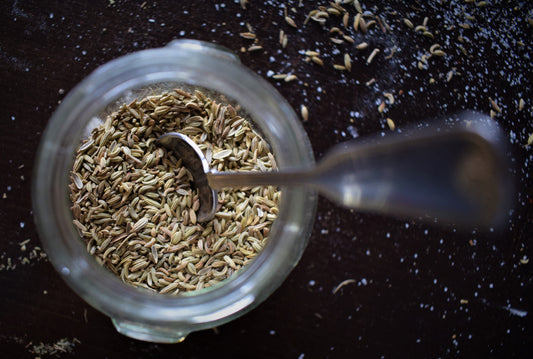
Cumin
Had Humphrey Bogart and Ingrid Bergman actually walked the streets of Morocco while filming Casablanca—rather than the streets of a Warner Brothers Studios film set in California—the air around them...
Cumin
Had Humphrey Bogart and Ingrid Bergman actually walked the streets of Morocco while filming Casablanca—rather than the streets of a Warner Brothers Studios film set in California—the air around them...

Nutmeg
Nutmeg, like cinnamon, is a spice that many people associate with hot drinks and desserts. But its history isn’t so sweet. The colonial policies of Europe’s erstwhile empires were...
Nutmeg
Nutmeg, like cinnamon, is a spice that many people associate with hot drinks and desserts. But its history isn’t so sweet. The colonial policies of Europe’s erstwhile empires were...
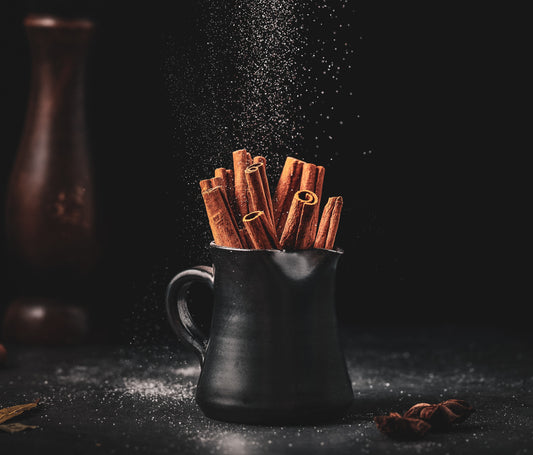
Cinnamon
Everyone knows cinnamon. The spice is sprinkled on warm beverages, baked in pastries, and taken by the spoonful by teenagers and preteens participating in the social media-based “cinnamon challenge” (an...
Cinnamon
Everyone knows cinnamon. The spice is sprinkled on warm beverages, baked in pastries, and taken by the spoonful by teenagers and preteens participating in the social media-based “cinnamon challenge” (an...
